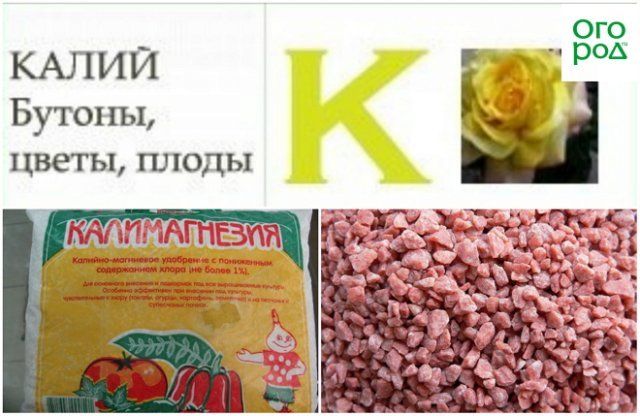 Potassium is considered one of the most important nutrients for plants. Unfortunately, it is not included in the organic composition of crops, for this reason it should be added to the soil separately. The main ingredient of potassium preparations is potassium chloride or it is also called potassium chloride.
Potassium is considered one of the most important nutrients for plants. Unfortunately, it is not included in the organic composition of crops, for this reason it should be added to the soil separately. The main ingredient of potassium preparations is potassium chloride or it is also called potassium chloride.
This is a chemical substance that has a natural origin, it is extracted from potash ores. Fertilizing the soil with potassium chloride has a positive effect on plants, helping them grow faster and resist diseases and weather conditions. When applying this top dressing, you can significantly increase productivity, as well as grown fruits taste better thanks to potassium preparations.
Content
Signs of Potassium Deficiency
Experienced farmers assure that potassium is an indispensable trace element and without it the plant will not fully develop and give a good harvest. Potassium deficiency is not immediately apparent, but approximately in the middle of the growing season, this is expressed by the general fading of the plant, as well as a bluish tint, the leaves along the edge will begin to dry out. Also, growth slows down and flowering is delayed. If its deficiency is not filled, brown spots may appear on the foliage.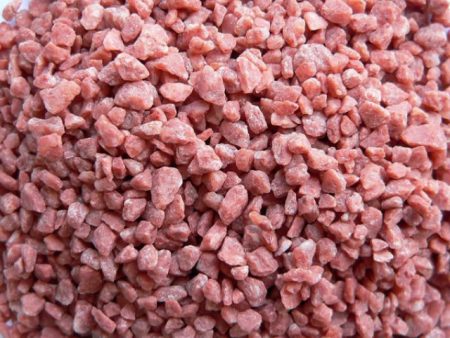
In order for the plant to fully develop and bear fruit well, it needs to receive three nutrients:
- Nitrogen;
- Phosphorus;
- Potassium;
Nitrogen promotes the growth and development of fruits, phosphorus helps the plant grow much faster, and potassium overcome adverse conditions.
Best Potash Fertilizers to Use
Potassium-containing fertilizers include:
- Ash - it is considered a natural, cheap in cost and affordable fertilizer with a high content of minerals. It contains only 10% potassium, as well as calcium, iron, magnesium, phosphorus and calcium. It is possible to fertilize the soil throughout the year, before planting in spring and autumn, before plowing the ground.
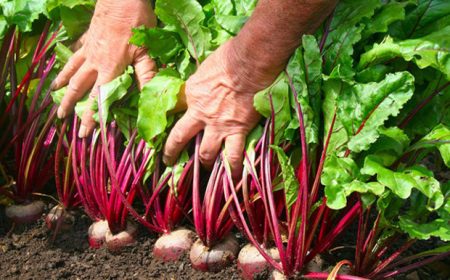
- Potassium sulfate - many experienced farmers consider it one of the best means for fertilizing soil containing potassium, because among the variety of mineral fertilizing, only it does not contain toxic additives. Fertilize them in the fall or spring, adding to the hole.
- Potassium salt - includes two elements: sylvinite and potassium chloride. The composition contains significantly more chlorine than in potassium chloride, and therefore they are not advised to fertilize plants that react negatively to chlorine. It is recommended to add it to the soil, in which there is a deficiency of potassium, such as peat, sand and sandy loam soils.
- Potassium chloride - it is not always suitable for fertilizing plants, and even toxic. It contains 60% potassium, as well as chlorine, which is harmful to most plants. To fertilize the soil with this fertilizer, it must be applied in advance. Potassium substances are best perceived by berries, but chlorine is also poorly tolerated. For this reason, potassium chloride is added to the soil before plowing for the winter.
- Kalimagnesia - a popular fertilizer among farmers, it is used for potatoes. It contains potassium and magnesium, which are simply necessary during growth. Even feeding plants organic matter, the need for these elements still remains. It is made from recycled chenite. Often used for light grades.
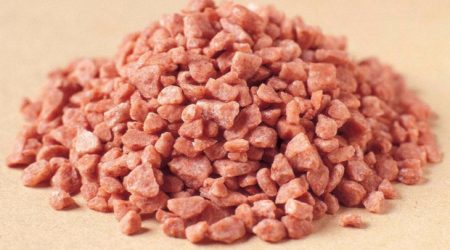
- Potassium nitrate - it contains up to 50% potassium and 13% nitrogen.This top dressing is used for growing vegetables. Before use, it must be dissolved in water.
- Potassium carbonate is also called potassium carbonate. The composition of this top dressing does not include chlorine, which significantly increases its popularity. It contains up to 55% potassium oxide, as well as a small amount of sulfur and magnesium. It is actively used for fertilizing potatoes. At industrial facilities, it is obtained by processing natural potassium salts. It can also be obtained independently, by processing the vegetation with ash.
Types of fertilizers
Now available in stores a huge variety of potash fertilizers and they can be divided into three groups:
- The most common in agriculture are those produced by processing at the plant potash ores with a high concentration of substances. These are potassium sulfate, chloride, as well as potassium sulfate with the addition of magnesium and potassium-magnesium concentrate.
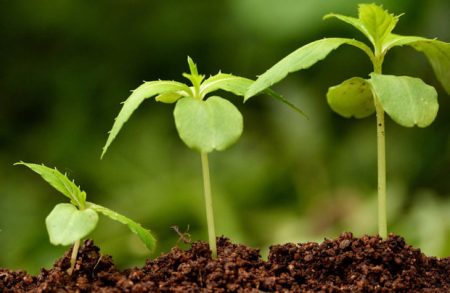
- This is a fragmented potash ore, i.e. raw potash salt. These varieties of fertilizers contain a large concentration of chlorine, which for many plants is poisonous.
- Potassium salts belong to this group; they are obtained by mixing raw potassium salts and concentrated ones.
Proper use of potash fertilizers in your area
Having noticed any of the signs of potassium deficiency, you need to immediately fertilize with any potash dressing in order to avoid illness or death of the plant. Be sure to comply with the standards, they must be indicated on the packaging or in the instructions for use. If you exceed the dosage, then the plants will not be able to get other beneficial substances, such as phosphorus, magnesium and calcium, which are also necessary for full growth.
Fertilizers, especially those containing chlorine, must be applied to heavy soils in the fall before plowing. And then chlorine, poisonous for many plants, sinks into the deep layers of the soil and does not harm the plants.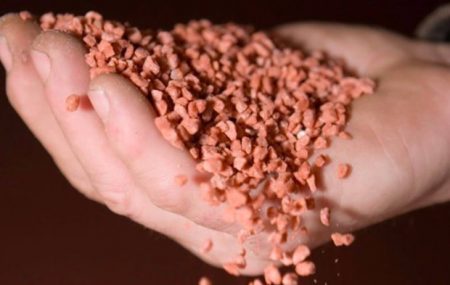
It is recommended to apply them to the lungs in the spring when sowing, because potassium is quickly washed out of the soil. The best would be the use of fertilizers, which contain a small amount of chlorine or its absence, for example, potassium sulfate.
Fertilizers containing potassium for vegetables
Vegetables are quite demanding on the content of mineral substances in the soil. Often with potash fertilizers, nitrogen and phosphoric are also used. Potassium improves the quality of the crop, especially on tomatoes. If the fruits of cucumbers are pear-shaped and narrowed near the legs, as well as with white areas, this is a lack of potassium in the soil.
For potatoes
Despite the fact that the potato vegetable is quite unpretentious, it also needs care. If you regularly use potash fertilizers in combination with minerals, you can double the yield. It is better to use fertilizers without or with a small amount of chlorine, because it can reduce the yield and starch content in tubers. Charcoal is mainly used, from a consumption of 5 kg per hundredth, as well as potassium sulfate 2 kg per hundredth. Of the variety of chlorine-containing fertilizers for potatoes, the most optimal is potassium chloride, it contains 62% potassium oxide. It is highly soluble in water, and its detrimental effect on potatoes is weakened if applied before plowing.
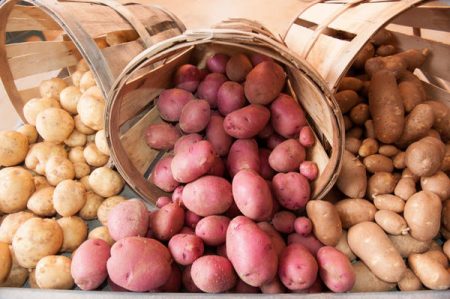
How to replace?
Some agronomists basically do not use purchased fertilizers, replacing them with more natural ones in their opinion. For example, on wood ash, humus, manure and compost, because they contain many substances useful for the soil, but the potassium content in them is small.
Which plants require potassium in the soil?
- Vegetables: cabbage, carrots, peppers, cucumber, tomatoes, legumes, eggplant;
- Fruit and berry: plum, pear, grapes, cherries, apple trees, raspberries, blueberries, blackberries;
- Flowers: gerbera, calla lilies, hydrangeas;
- Cereals: flax, barley, buckwheat.
Fertilizers from ingredients that are always at hand
You can make fertilizer from wood ash, it perfectly replenishes the soil with microelements, quick and easy to prepare. Need to take 10 liters of defended oxen and 150 grams of ash, where to get the ash? The burned branches are suitable after trimming trees or after frying meat. Mix and insist ingredients for fifteen minutes. For one adult tree you will need a bucket of mortar. For cucumbers, tomatoes and cabbage, half a liter per bush.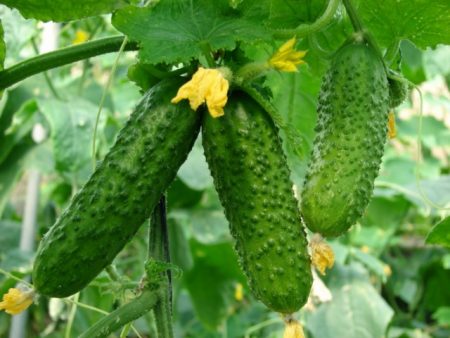
Potassium salt hazard
It would seem that a high content of potassium salt cannot harm plants, but it can upset the balance of nutrients. And also in this fertilizer there is a high content of chlorine, which is poisonous. The dosage should be increased only if there is a large shortage of nitrogen and phosphorus in the soil, and do it only in the autumn before plowing so that during the winter all chlorine goes deep into the soil and does not harm the plants, and only healthy potassium remains.
Reviews
Nadezhda 46 years city of Voronezh
We have a small summer cottage, in the summer we live there, and the air is clean and all natural. I noticed that the tomatoes had pale leaves, the neighbor in the area said that maybe these are signs of a lack of potassium in the soil and advised me to use potassium nitrate. I bought, dissolved in water and after a month I noticed improvements.
Nikolay 52 years old Belgorod region
We have been planting the same tomato variety for several years, and this year we decided to use potash top dressing for the soil. I honestly did not expect such results. Tomatoes have become much larger compared to previous years, and the taste is better.
Anna 38 years old Nizhny Novgorod
For the fourth year I have been using potassium sulfate to feed bushes and trees before the start of winter. For two liters of water I breed one teaspoon of top dressing and pour under the root, and then two weeks later one more time, the fruits are noticeably larger and have pronounced taste.

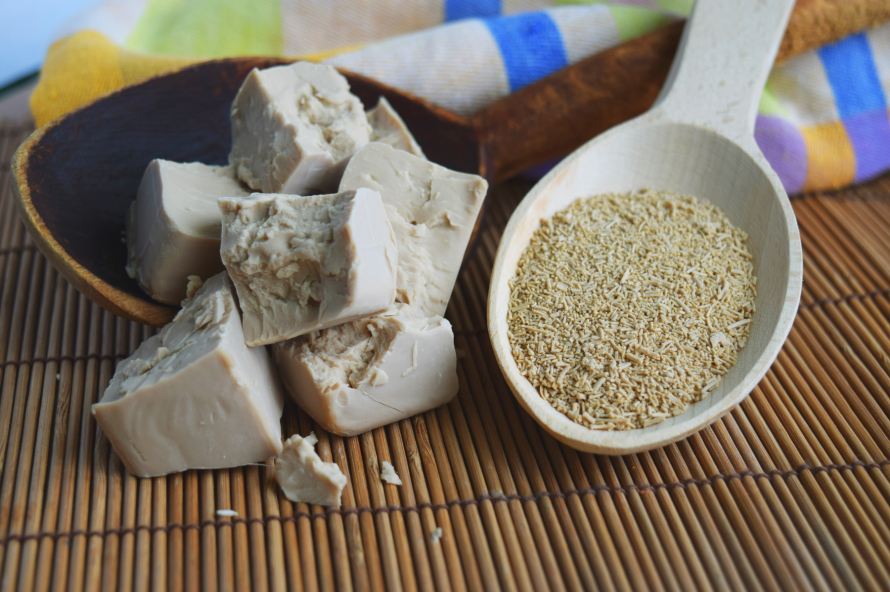
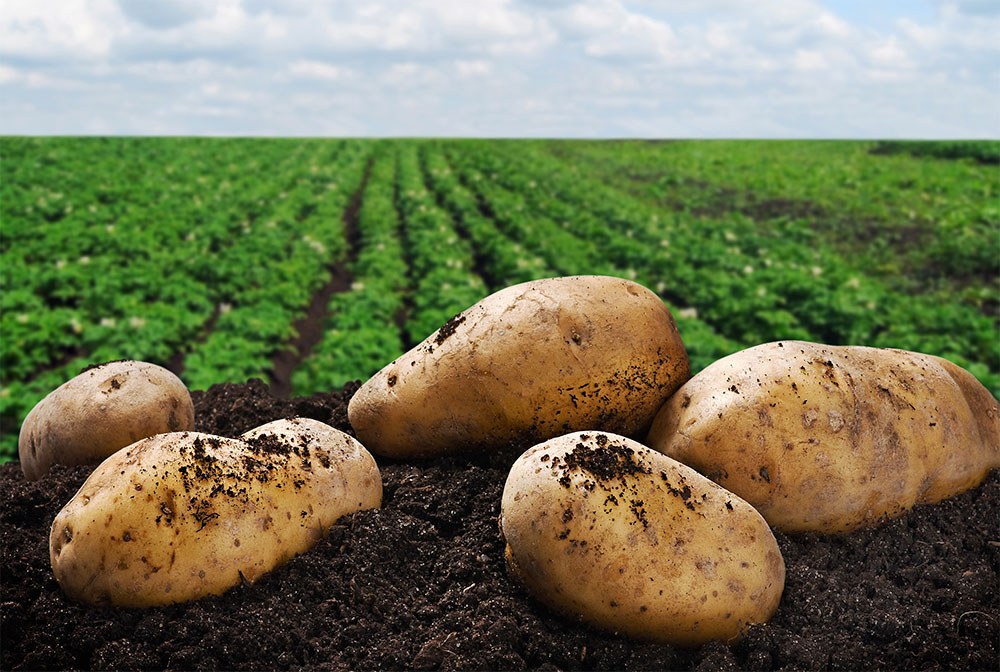
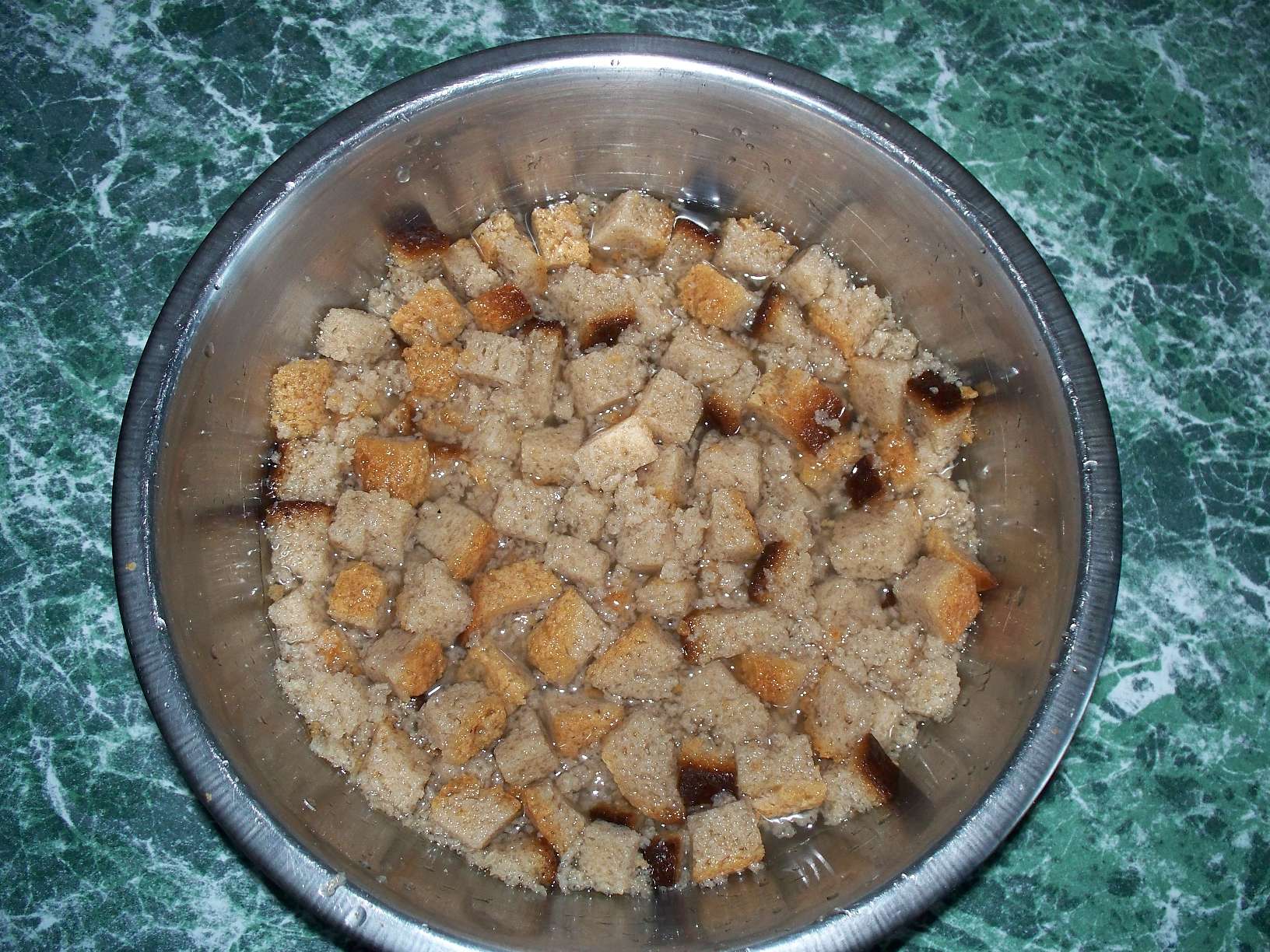
 Superphosphate: what is it and how to apply it
Superphosphate: what is it and how to apply it What problems can be expected from siderats?
What problems can be expected from siderats? Secrets of the collection, storage and use of eggshells in the garden
Secrets of the collection, storage and use of eggshells in the garden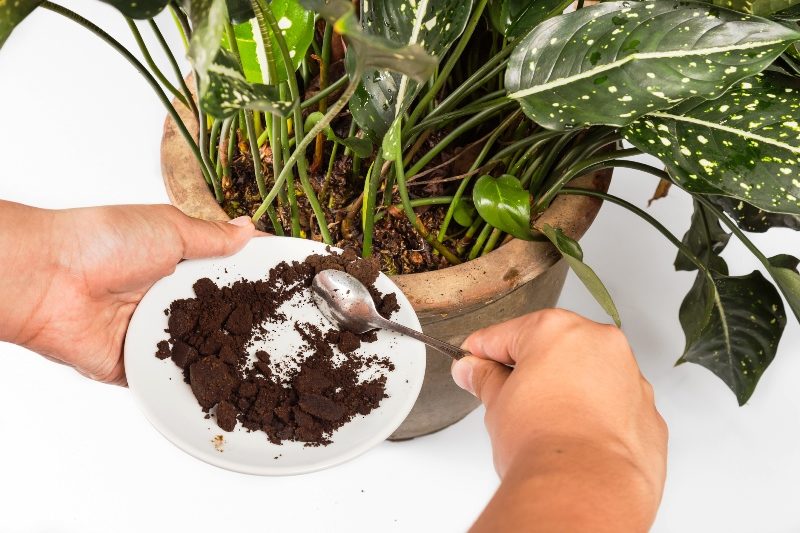 The most popular top dressing for indoor plants
The most popular top dressing for indoor plants